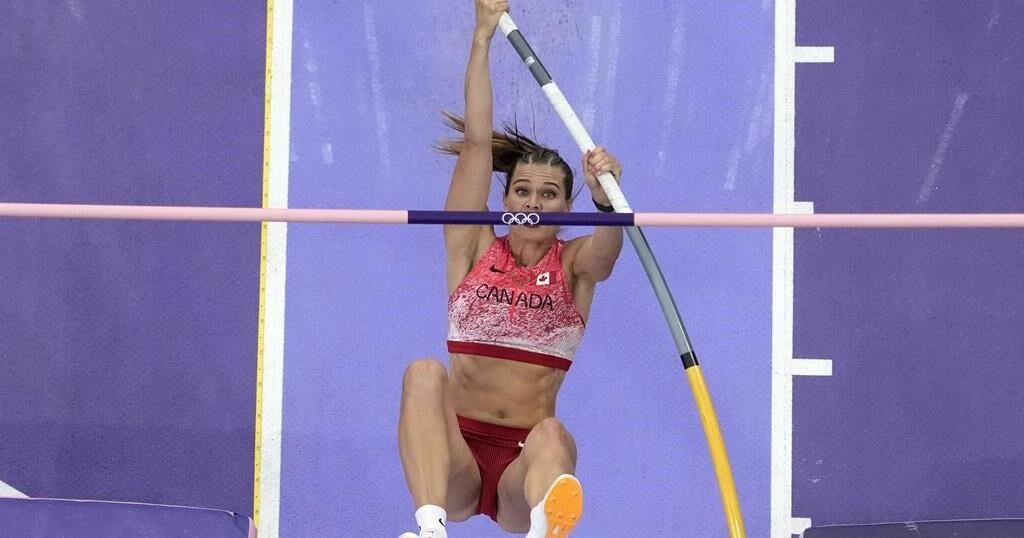TORONTO —
Long-held conversations about Canada’s relationship with racism have reached a new fever pitch amid ongoing protests against anti-Black racism.
To Indigenous and Black educators in Canada, it’s a relationship that has been left out of history books.
For 17 years, Charmaine Nelson has asked new students at McGill University if they knew that slavery occurred in Canada. She can recall just one student who said that they did. Most only knew of the “Underground Railroad,” the network of safe houses and secret routes for enslaved people in the U.S. to escape to Canada that was used from approximately 1833 to 1865.
But Canada’s history with slavery goes back much further.
“We’re obscuring, falsifying — and completely erasing in many instances — a 200-year history and we’re enshrining a 30-year history,” said Nelson, an art history professor who has researched the visual culture of slavery, in a phone interview with CTVNews.ca. “What we’re omitting then in the Canadian landscape, across the board in our curriculum, from the youngest children into university age, is the 200-year history of slavery in Canada.”
There’s no absence of information on slavery in Canadian archives, as many scholars like Nelson, who have pored over fugitive ads, personal accounts and newspaper articles from centuries ago, will tell you. It has simply been ignored and left out in favour of the sunnier histories told in Heritage Minutes.
It’s what Natasha Henry, the president of the Ontario Black History Society, calls “systemic silence.”
“It is widely ignored,” she told CTVNews.ca. “There’s a sense that it does not have to be taught. In the instruction of our beginnings, it’s not part of that narrative.”
Individual teachers have chosen to instruct students about the country’s history with slavery, but it is not enshrined in most curriculums.
“Through that mechanism of the curriculum, you get the systemic silencing and ignoring of this,” she said. “We’re producing students who have no idea (about slavery in Canada).”
The effects of silencing that part of history can be felt today, too, said Lance McCready, an associate professor at the University of Toronto. McCready has done research interviewing hundreds of Black students in Canadian schools and found that many of them feel the school system isn’t built for them.
“One of the reasons they feel like it is not set up for Black people is they don’t see themselves reflected in the curriculum,” he told CTV’s Your Morning on Thursday.
“This creates part of the mental health issues with Black students as they go through the school system not seeing themselves, feeling like this whole place where they’re supposed to be experiencing a positive learning environment is actually not for them.”
Here is a brief history of slavery in Canada, including some select moments from the first two hundred years. This is not intended to be a complete history.
1600s
Thousands of people were enslaved in New France, including the colony of Canada, during the 1600s. Most of them were Indigenous tribes who were called panis, and many were African from Madagascar and Guinea. Enslaved people in New France were “chattel slaves,” meaning they were traded, bought and sold like property.
One of the earliest records of an enslaved African in New France was a boy of about six years old in 1629, according to a Canadian Encyclopedia article by Henry. The boy was eventually given the name Olivier Le Jeune, and records show he was a “domestique,” the common word for a slave in Quebec records.
1760
Slavery was enshrined into laws as a means for white settlers to keep the system going. One example of this was in 1760, after the British conquered New France, in the capitulation of Montreal, settlers agreed to a specific clause to preserve enslavement. “The Negroes and panis of both sexes shall remain, in their quality of slaves, in the possession of the French and Canadians to whom they belong,” read article XLVII.
1790s
The number of African slaves increased significantly following the defeat of the British in the American Revolution, said Henry. And in 1790, the Upper Canada government passed an “imperial statute” to encourage the immigration of white Americans northward. The statute allowed them to bring Black enslaved people duty-free. They were referenced alongside “household furniture, utensils of husbandry, or cloathing [sic],” according to Henry.
By the 1790s, records show that there were between 1,200 and 2,000 enslaved Black people in New Brunswick, Nova Scotia and P.E.I., about 300 in what is now known as Quebec, and up to 700 in what is now known as Ontario.
1807
Even when apparent inroads were made in the law, slavery persisted in Canadian areas. For example, in 1807, the Slave Trade Act abolished the trading of slaves in the British Empire, but this only meant that there could be no new slaves. According to records, this may have intensified conditions for some enslaved people in Canada.
“It’s important to use that to talk about the will of white settlers to ensure that human bondage continued,” said Nelson, adding that some slave owners may have sought ways to “work around” the change in laws. “Then you get the growth of domestic slavery and the breeding of African women.”
1833
The Slavery Abolition Act of 1833 abolished slavery in the British Empire, setting off some of the most well-known stories relating to Canada and slavery, including the Underground Railroad.
Source:- CTV News
Source link
Related

































